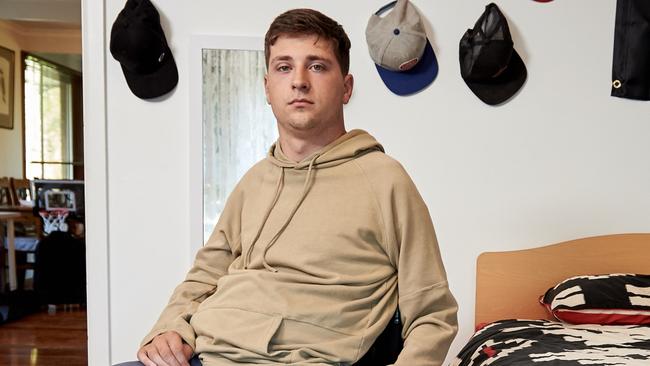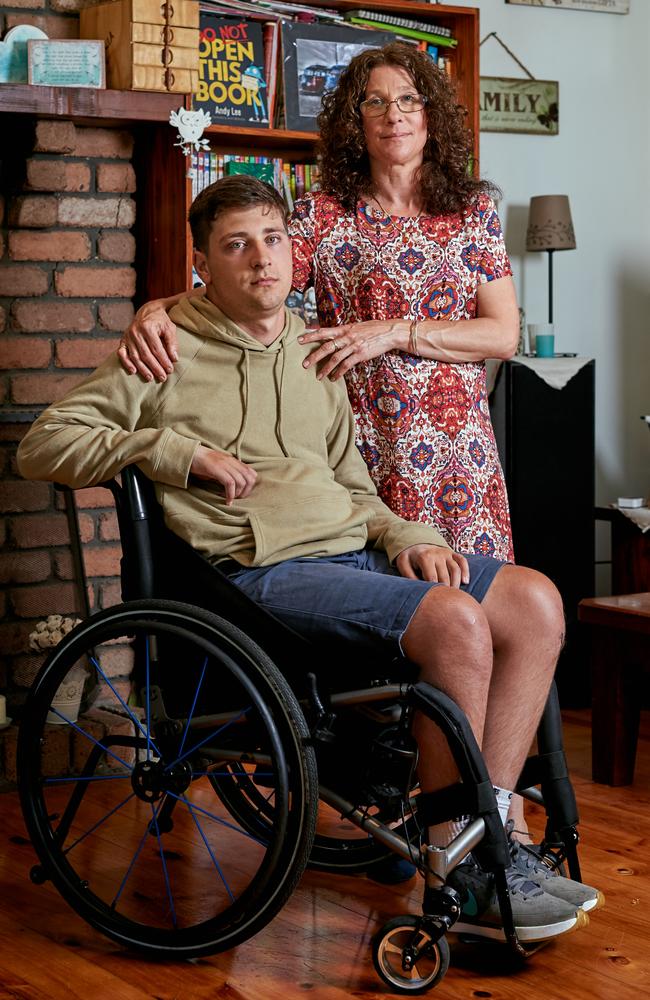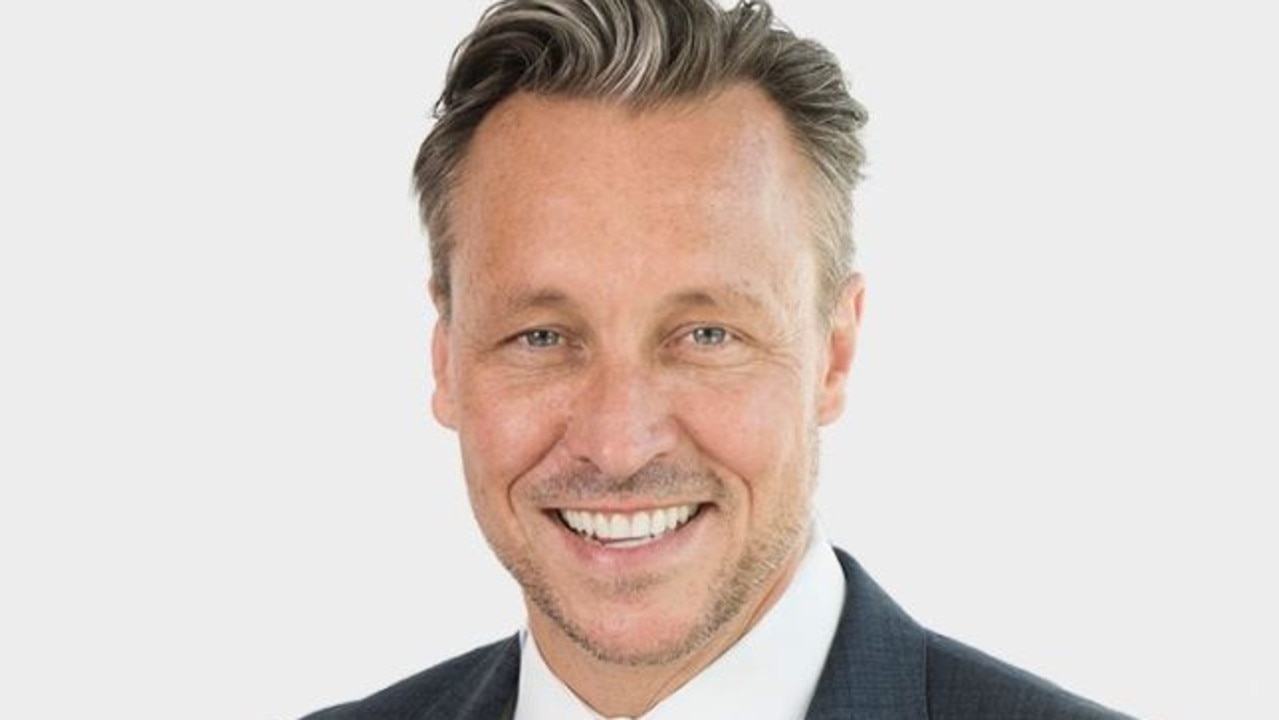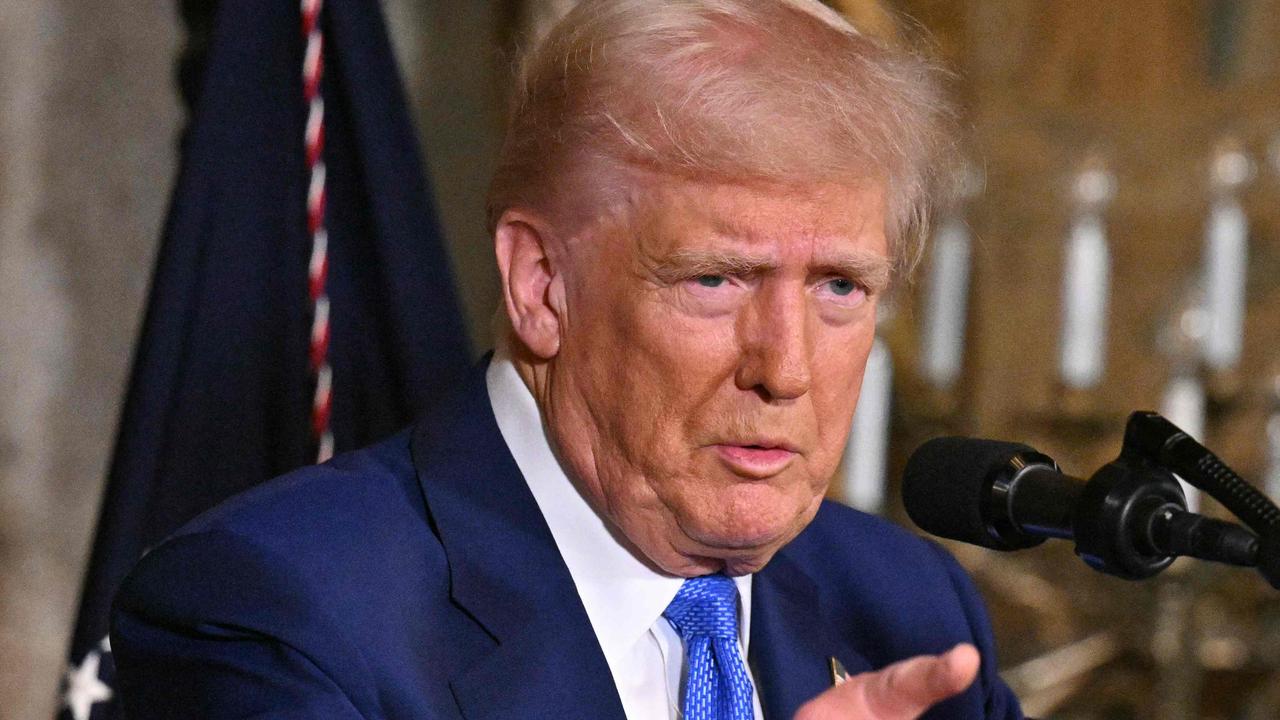Teen’s story proof after-hours doctor visits save lives
TEEN Josh Evans woke one night before Christmas gravely ill. His life was saved by a service the federal government now wants to cut.

If the federal government cut its home doctor service, patients like Josh Evans would simply need to pop down to their local hospital emergency department.
The only catch is that Josh is a quadriplegic.
And for the 19-year-old that means the home doctor service could be a matter of life or death.
Josh is one of an estimated one million Australians who use the Medicare-funded after hours home visits program, which is currently being reviewed by the government.
Health Minister Greg Hunt is worried it is being exploited by doctors overcharging while proponents believe that with 2.7 million visits a year it is saving hundreds of millions of dollars by keeping people away from hospital.
Josh broke his neck after falling off a mountain bike when he was just 17 years old. The first year science student has used the on-call doctor service only around half a dozen times in the two years since but he believes the last time may have saved his life.
Shortly before Christmas Josh woke up feeling unwell but thought he probably just had a cold or something.
Being a young Aussie bloke, his instinct was to “tough it out” and not make a fuss. He and his mum say he would never have called an ambulance or gone to hospital in such a circumstance.
Eventually, to be on the safe side, he decided to call a home doctor.
“He told me: ‘You have to go to the hospital straight away.’”
It turned out Josh didn’t have a cold, he had a urinary tract infection which was causing a massive spike in his blood pressure, which in turn can lead to heart attack and stroke. Left unchecked, he could have died.
Josh was rushed to an emergency department in a Mobile Intensive Care Ambulance from his home on Melbourne’s outer fringe. Yet were it not for that doctor visit he may not have picked up on it until it was too late.
“If the doctor hadn’t told me that I probably would have stayed like that until it got much worse,” he says.
He adds: “That last one was really bad, so if I’d left that for another day who knows what would have happened.”

Ironically, the home doctor service got Josh to hospital the time when he really needed to be there. The other times it has saved him from waiting hours in a hospital when he didn’t need to be there.
The government is reviewing the service amid suspicions some doctors are wrongly classifying visits as “urgent” in order to claim a higher fee and concerns that the doctors used by service providers are too junior.
However Mr Hunt insists the after-hours service will not be axed.
“We have an absolutely rock solid commitment to after-hours medical access. But we also have a commitment to ensuring that every service provided is genuine and that every doctor is up to scratch,” he says.
“I am concerned about reports that some doctors are claiming to be providing urgent services when they’re not urgent at all.”
But proponents say costs have increased because the scheme has grown from covering 50 per cent of Australians to 80 per cent as it extends to regional areas and that the doctors are no less experienced than many patients would be seeing in hospitals or clinics.
And a Deloitte Access Economics report commissioned by home doctors found that the home visit service in fact saves the health system money because it stops patients from clogging up emergency departments.
A home visit costs an average of just $128, while a typical emergency department presentation costs $368 or $1,351 if arriving by ambulance.
The kicker is that these costs are borne by state governments whereas the home visit service is funded by the commonwealth via Medicare. In other words, if it’s cut it costs us more money but it’s no longer the federal government’s problem.
The result would be an estimated $724 million increase in state health costs over four years, according to Deloitte.
The president of the peak body representing after hours doctors, Spiro Doukakis, says this will lead to chaos in the public hospital system.
“It’s chaos waiting to happen,” he says. “It’s going to blow the state budgets.”
But Josh’s mum Leanne puts an even higher value on the home doctor service.
“It could save his life,” she says.




